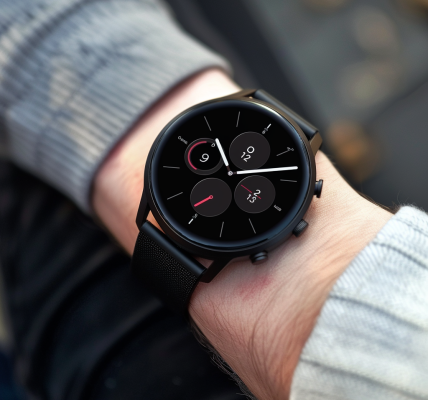Revolutionary Thin Film Material Absorbs Over 99% of Electromagnetic Waves
The Korea Institute of Materials Science (KIMS) has made a groundbreaking advancement in electromagnetic wave absorption technology. A research team led by Dr. Byeongjin Park and Dr. Sang Bok Lee has developed an ultra-thin film composite material that can absorb over 99% of electromagnetic waves across multiple frequency bands, including those used in 5G, 6G, WiFi, and autonomous driving radars.
This innovative material measures less than 0.5mm in thickness, boasting a remarkably low reflectance of less than 1% and a high absorbance rate that surpasses 99% across three distinct frequency bands. The significance of this development lies in its potential to minimize electromagnetic interference, which can degrade the performance of nearby electronic devices.
Electromagnetic waves emitted by electronic components can create interference challenges, necessitating the use of electromagnetic shielding materials. Traditional shielding materials often reflect a majority of these waves, typically absorbing only about 10%. The new composite material developed by KIMS aims to address these limitations by effectively absorbing electromagnetic waves across multiple frequency bands simultaneously, thus reducing secondary interference issues.
The research team achieved this breakthrough by synthesizing a magnetic material through modifications to the crystal structure of ferrite. This alteration allows for selective absorption of specific frequencies. The team then produced an ultra-thin polymer composite film, incorporating specially designed conductive patterns on the film’s backside to manage the propagation of electromagnetic waves. By adjusting the shape of these conductive patterns, the researchers can significantly reduce electromagnetic wave reflection at targeted frequencies.
To further enhance the material’s shielding capabilities, a carbon nanotube thin film, known for its high shielding properties, was applied to the back of the composite. This combination of advanced materials results in a flexible and durable solution that can withstand thousands of folds and unfolds without losing its shape, making it ideal for applications in rollable phones and wearable devices.
Senior Researcher Byeongjin Park commented on the project’s implications, stating that this technology not only improves electromagnetic wave absorption but also opens up new possibilities for the design and functionality of electronic devices. The ability to effectively manage electromagnetic interference will be crucial as technology continues to evolve and integrate into everyday life.
The development of this multi-band electromagnetic wave absorption material represents a significant step forward in addressing the challenges posed by electromagnetic interference in modern electronics. As industries increasingly rely on advanced communication technologies, the need for effective shielding solutions will only grow.
With the potential to revolutionize how electronic devices are designed and function, KIMS’s latest innovation is poised to have a profound impact on various sectors, including telecommunications, automotive, and consumer electronics.
This advancement not only highlights the ongoing research efforts at KIMS but also underscores the importance of developing materials that can keep pace with the rapid advancements in technology. As the demand for high-performance, interference-free devices continues to rise, the contributions of materials science will be essential in shaping the future of electronics.
In summary, the KIMS research team has successfully developed an ultra-thin film that not only absorbs electromagnetic waves across multiple frequency bands but also offers flexibility and durability for practical applications. This material could pave the way for next-generation electronic devices that are more efficient and less susceptible to interference.





